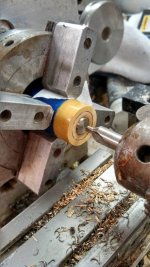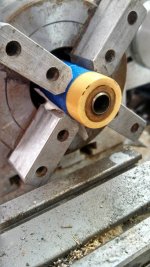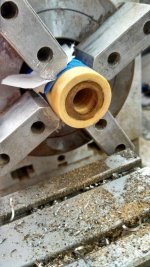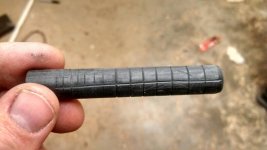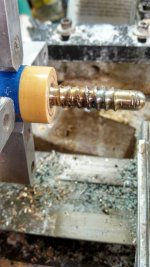Hello all... I am trying to remove an insert. I am using a solder gun and letting it sit in the whole for a while. It should be long enough - the outside of the shaft is very warm. But I can't get a hold of the insert to unscrew it... Not even sure if it is hot enough to liquify the glue. I would think so, though...
Ideas?
Thanks!
Ideas?
Thanks!
